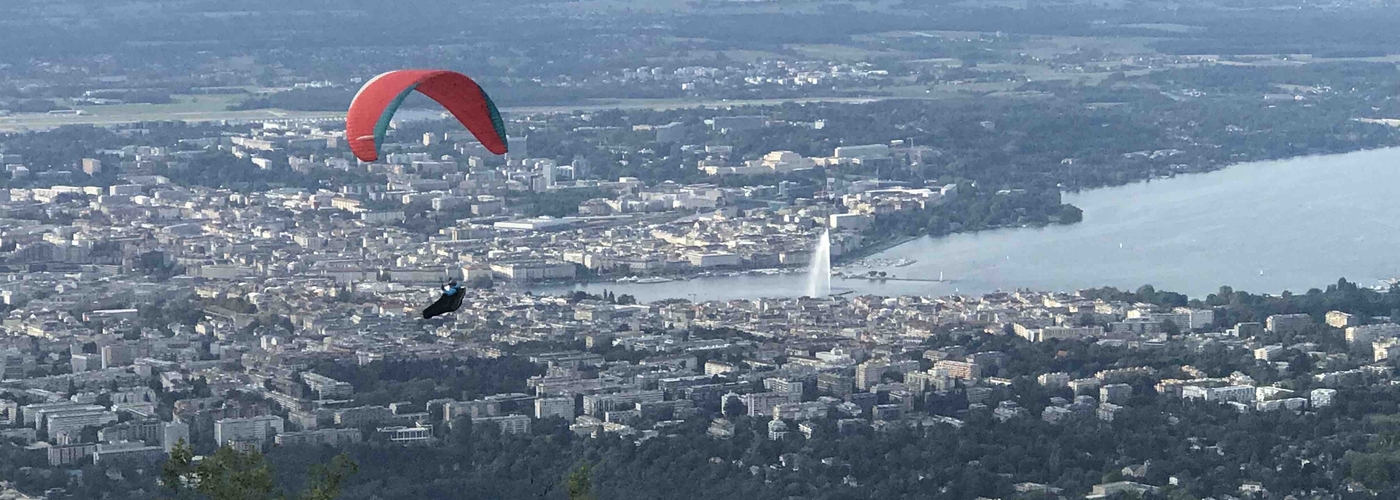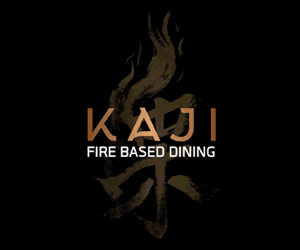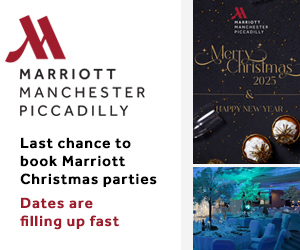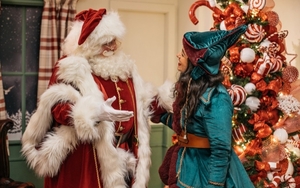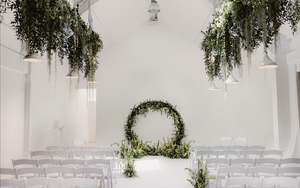Where else can you find fondue, Frankenstein, flower-clocks and fountains?
SWITZERLAND and peace are doves in the same nest, so it’s odd that Geneva’s major annual celebration marks a military victory, albeit on a domestic scale. Oh, and it involves lots of chocolate - after lashings of stomach-lining fondue, inevitably. Fête de l'Escalade takes place in the lakeside city every year on December 11 or the closest weekend.
Hard core Calvinists thought chocolate was a sin, even though its export brought in valuable filthy lucre
Torchlight parades, historical re-enactments, folk dancing, a road race for the most fervent citoyens, all commemorate the trouncing of the Duke of Savoy’s troops in 1602 as they attempted a surprise wall scaling (escalade) of the then fortified city. This year’s weekend is December 6-8. If you make those dates prepare for marzipan overload and much mulled wine as your reward. If you don’t, there’s still much to keep you occupied year round in the City of Calvin and precision timepieces.
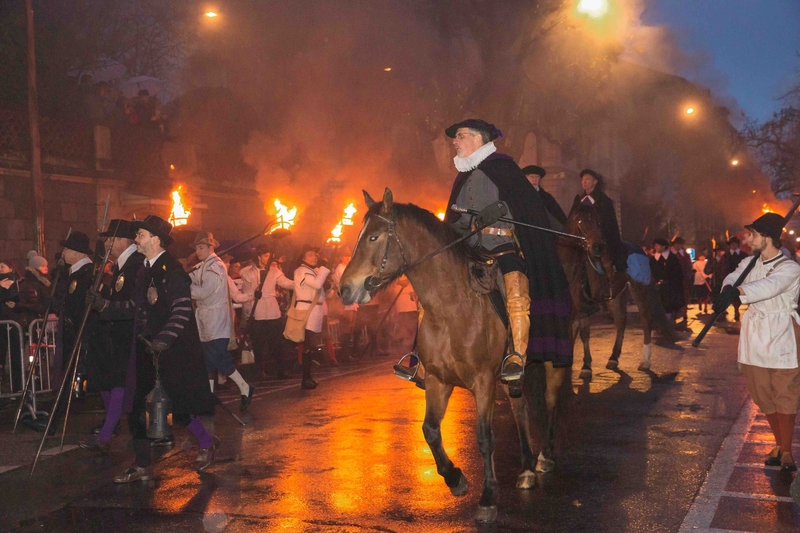
Here are our 10 Top Geneva Tips…
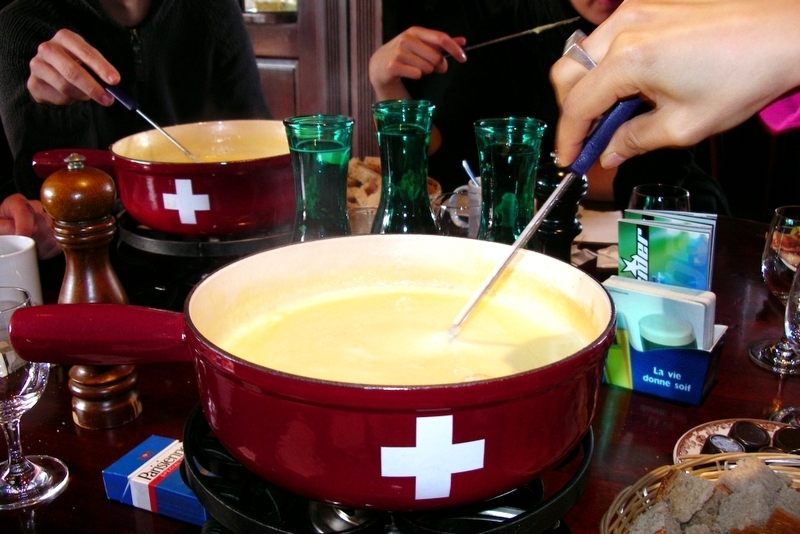

Stick with fondue
Dunking bread chunks in pots of melted cheese isn’t de rigueur – it just feels like it. And the recommended hotspot is Les Armures, dining room of an old town hotel, where the caquelon (fondue pot) brims over with a moitié-moitié (half gruyère, half vacherin combo). It can get messy as the gooey crumb debris count mounts.
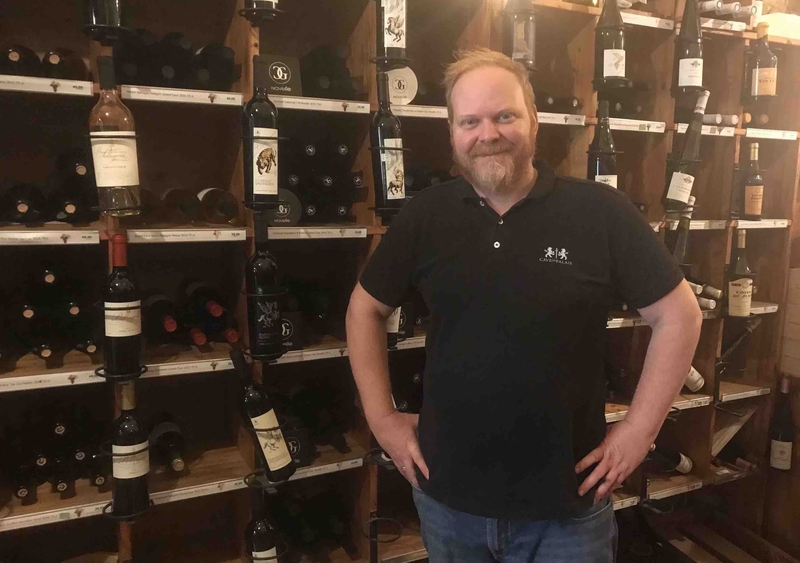
Swiss wine – a glorious secret
This is the perfect pairing for the fondue. So little gets exported it’s a bit player on the global stage but both reds and wines can be exquisitely pure. There’s a surprising amount of local vineyards clustered around Lac Leman (Lake Geneva). Aim for the delicate Chasselas whites and some Gamay-based reds that are a match for Beaujolais. The best place to stock up is La Cave de Palais de Justice in the Place du Bourg-de-Four near the Cathedral. If Aladdin was a sommelier!
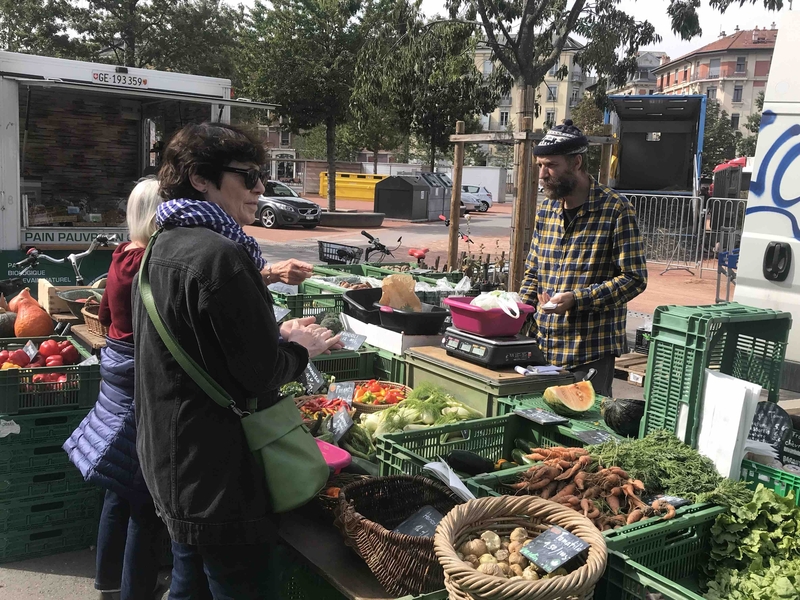
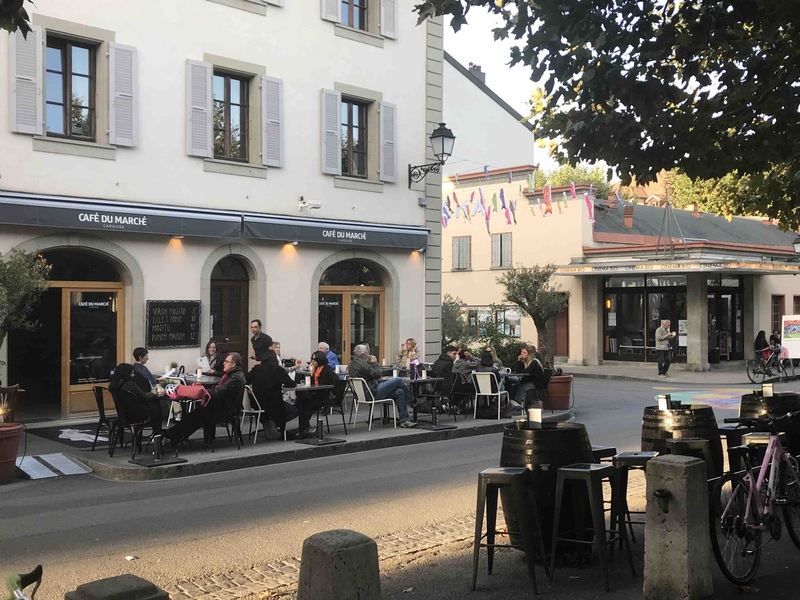
Stock up in the market
Even before the current Brexit-hit exchange rate your Swiss francs didn’t stretch far. Fortunately for foodies Geneva is blessed with scenic picnic spots overlooking the lake and excellent food markets supplying bread cheese and charcuterie to wash down with that Gamay. Wednesday and Saturday mornings there’s a lively open air market (and some boho cafes and boutiques) in the leafy Carouge district with its Italianate feel, a few tram stops south of the centre. We stocked up at a clutch of quality food stalls in the vast Plainpalais square (Sunday, Tuesday and Friday). The Saturday morning flea market is worth exploring, too, followed by a treat on the terrace of Remor, an ice-cream parlour and cafe dating back to the 1930s.
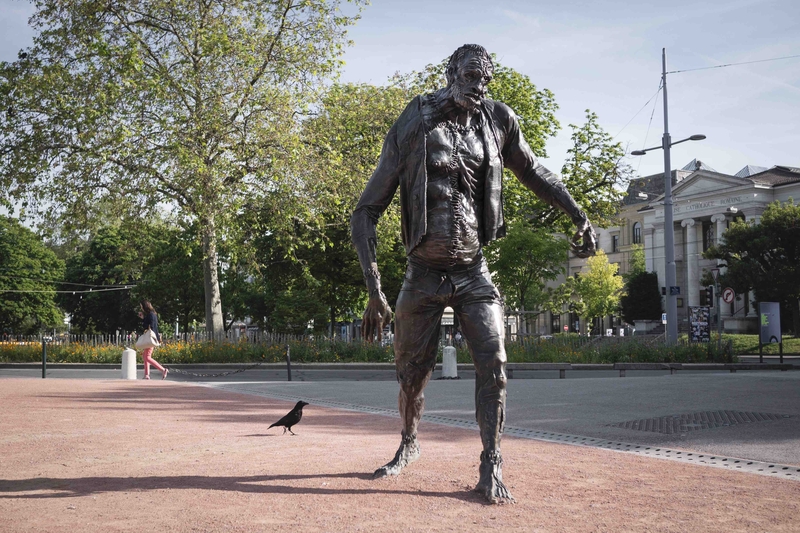
In the footsteps of Frankenstein
Going Gothic rather than gourmet, the Plainpalais neighbourhood is where much of Mary Shelley’s Frankenstein is set. There’s even a statue of the monster on the Boulevard Georges-Favon. Aged 19, with future husband Percy Shelley the poet in tow, Mary spent the summer of 1816 on the shores of Lake Geneva; from a nightmare she had arose the classic story about the scientist tormented by his creation. The novel was written in Lord Byron’s rented villa. It’s still there in the suburb of Cologny, but is private property. More accessible Plainpalais is home to Geneva’s version of hipsters and a skate park. The most upfront homage is L’Etabli, a cosy Frankenstein themed bar on the Rue de L’Ecole-de-Médecine whose walls are covered with prints inspired by the book.
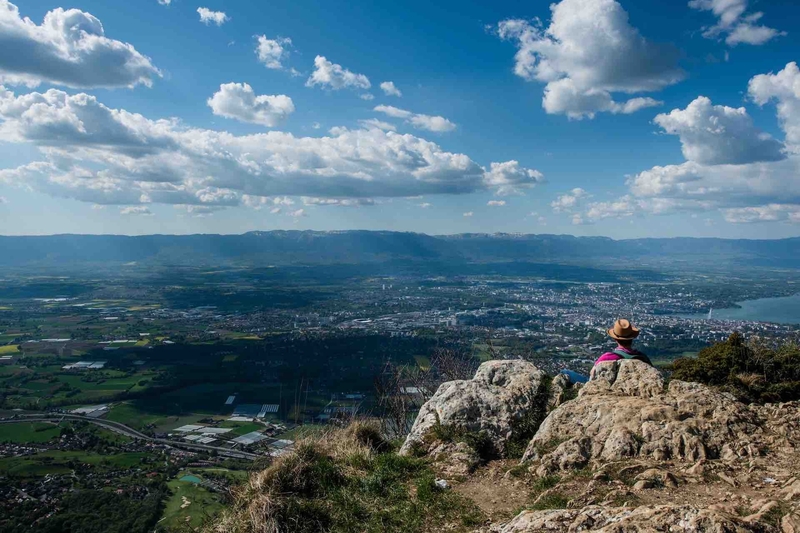

Follow the Monster to Mont-Salève
In Chapter 7 the Frankenstein Monster clambers up the jagged crags of this 3,600ft outcrop of the Pre-Alps visible from across the city. He hung from the cliff face; we took the cable cable car (open April-October) and were rewarded with a stunning panorama of the city and Lake 10 miles to the north, a paraglider catching the eye. A brisk walk over the crest of the mountain unleashed a view of a distant, snow-capped Mont Blanc before we settled for a beer in the terminus cafe. They expect payment in euros. This is technically in France, so take your passport, too.
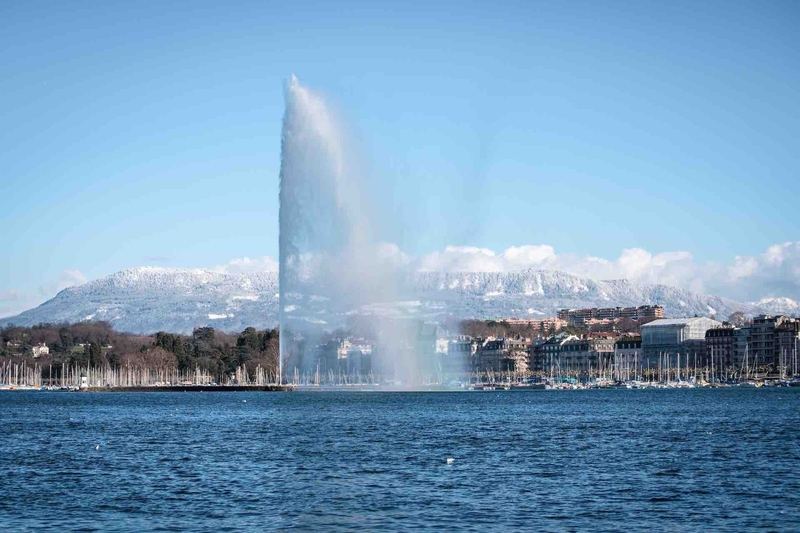
Take a selfie with the Jet d’Eau
That Mont-Salève panorama inevitably has as its focus the symbol of Geneva – that epic water fountain spurting foam 140m into the air from the middle of the Lake. In the evening they light it in vivid colours. We saw it from all angles during our stay, from both Rives, Droite et Gauche, framing the exit of the River Rhone, and from a CGN boat trip, the whole deck jostling for the perfect shot. For a cheaper close-up jump on a Mouette taxi-boat (these short hop services are included on the free travel card handed to visitors at hotels). Or hire a paddleboat… if you have confidence in your iPhone’s waterproof qualities.

Or say it with flowers via ‘L'horloge Fleurie’
Rivalling the Jet for photo opportunities is this outdoor flower clock – the world’s biggest, first planted in 1955 and located on the lakeside Jardin Anglais. It’s made up of 6,500 seasonally adjusted, flowering plants and shrubs, designed to symbolise the city’s reputation for high-end watchmaking. To explore this heritage further visit the city centre Patek-Philippe Museum, which has exhibits dating back to the 16th century.
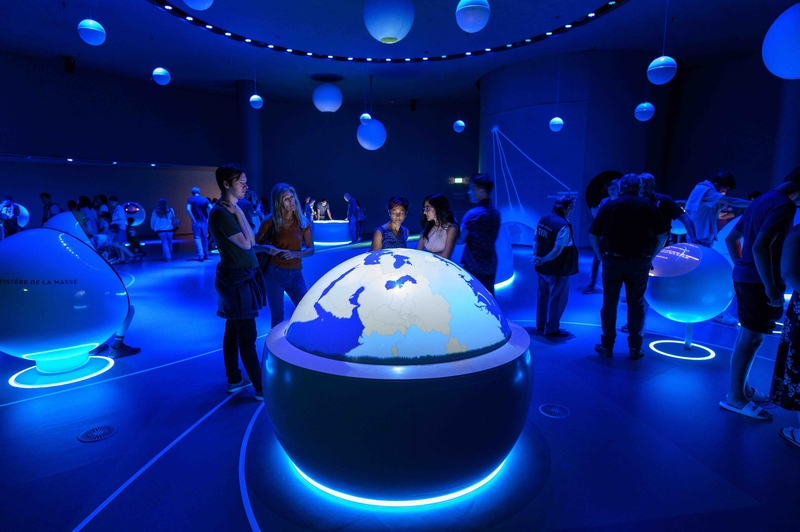
Which museum/attraction to pick? Our choice
The city is well stocked with museums and galleries in the city centre plus the thought-provoking Museum of the International Red Cross near the UN’s Palais des Nations to the north of the city centre. We’d suggest taking the No 18 tram up to the CERN particle physics laboratory in the Meyrin district. You won’t necessarily get to visit the iconic Large Hadron Collider – that 27-mile ring of superconducting magnets that accelerates particles at the speed of light. It’s closed to the public when operational. But a guided tour is a primer in explaining the dizzying complexities of this search for the secrets of the universe.
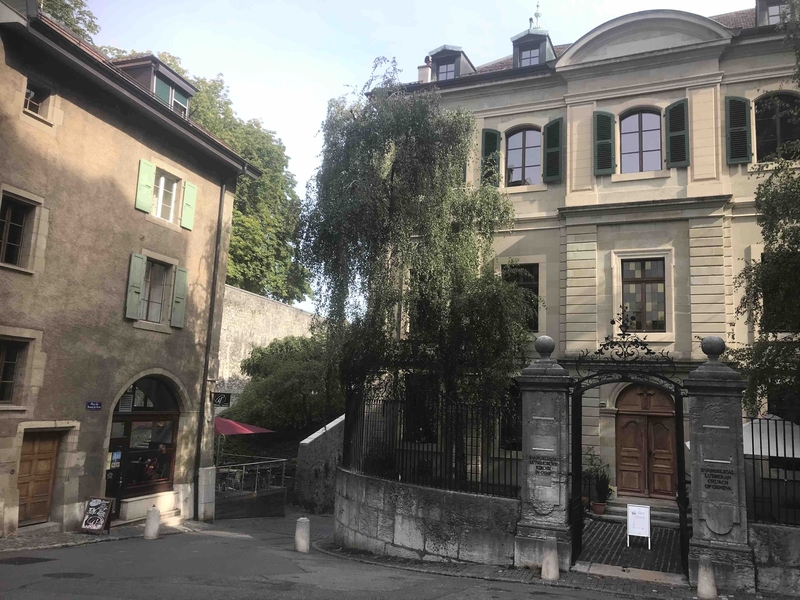
Go visit a church (but not the obvious one)
Geneva is the wellspring of Calvinism and the Cathedral de St Pierre offers a suitably austere interior. The zealots of the Reformation stripped it of its ornamentation and stained glass windows. The presence of ‘Calvin’s Chair’ is scant compensation aesthetically. We skipped the adjacent International Museum of the Reformation in favour of a coffee in the Place du Bourg-de-Four, buzzing hub of the atmospheric Old Town, then stumbled upon the Lutheran Church (OK, it was opposite our wine shop). From the outside it’s just an attractive patrician house. Inside it radiates ecumenical warmth (the congregation is English-speaking).
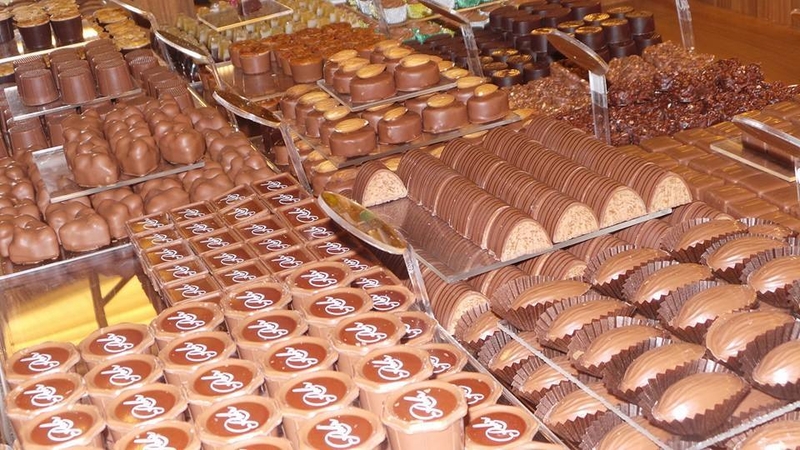
So where to find some welcome sin in this most clean cut of cities?
Hard core Calvinists thought chocolate was a sin, even though its export brought in valuable filthy lucre. In today’s more broad-minded city, indulge yourself at one of Geneva’s numerous chocolate emporia. We’d recommend Chocolat Rohr next to the medieval tower on the Place du Molard. For a different kind of wicked cross over to the Rive Droite and the gritty Les-Paquis just along from the main station, the Gare de Cornavin. The name derives from the French for pasture but it’s as edgily urban as Geneva gets, a couple of its narrow streets home to Geneva’s red light district. The sleaze is less immediately obvious than the multi-ethnicity reflected in its cafes. We’d recommend Jeck’s Place at 14 Rue de Neuchatel for its affordable Thai/Singaporean cuisine and on the Rue de Lausanne main drag Scandale at No24 for pizzas, cocktails and a real buzz. Daytime Paquis is surprisingly tame. If the sun’s out head down to the lakeside Quai du Mont-Blanc and the artificial Bains des Paquis beach (small entrance fee) with its affordable cafe. That’s a plus in Geneva.
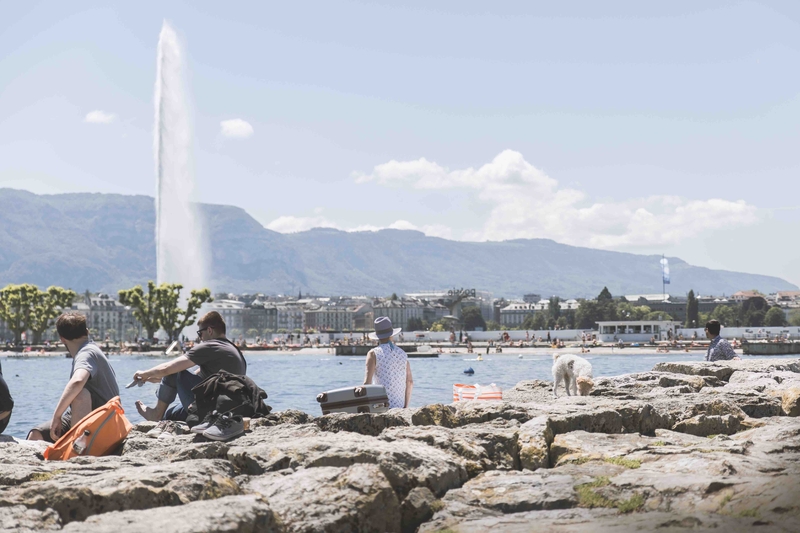
Fact file
Neil stayed at the Hotel Auteuil, Rue de Lausanne 33, 1201 Geneva. +41 22 522 22 22, a lively boutique hotel conveniently situated a 10 minute walk from the main station, which has perhaps Europe’s most convenient airport rail link – a regular seven minute journey in. It’s also free – get your ticket from a dispenser in the baggage reclaim hall. The lively boutique Auteuil is a few blocks from the lakeside but from one of its top floor suites with sun terrace there’s a terrific view of the Jet d’Eau and the distant Alps.
Neil flew from Manchester to Geneva with easyJet . Prices vary according to the season but from as little as £21 one way.
A Geneva Pass offers 48 tourist attractions, 31 of which are free of charge, otherwise preferential 50 per cent discount rates, plus free public transport. Valid for 24, 48 or 78 hours (26, 37 and 45 Swiss francs respectively).





